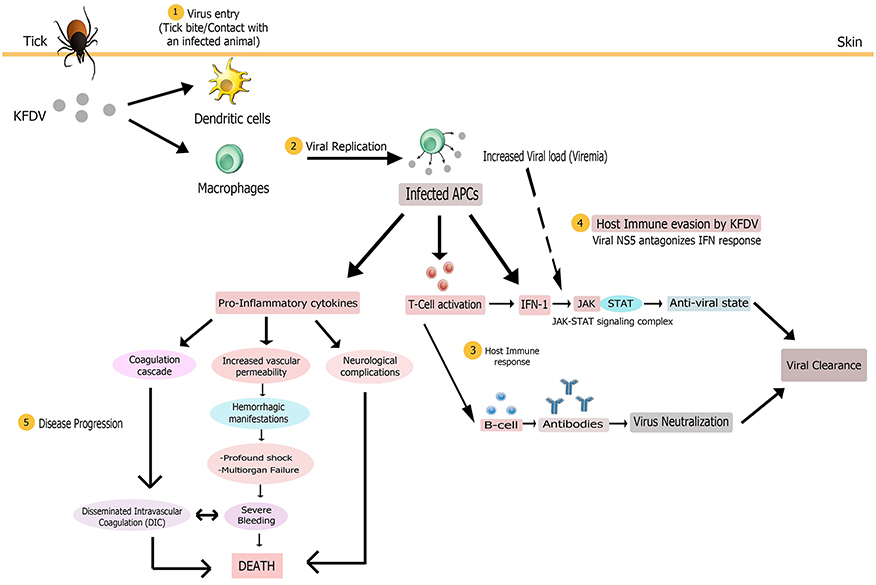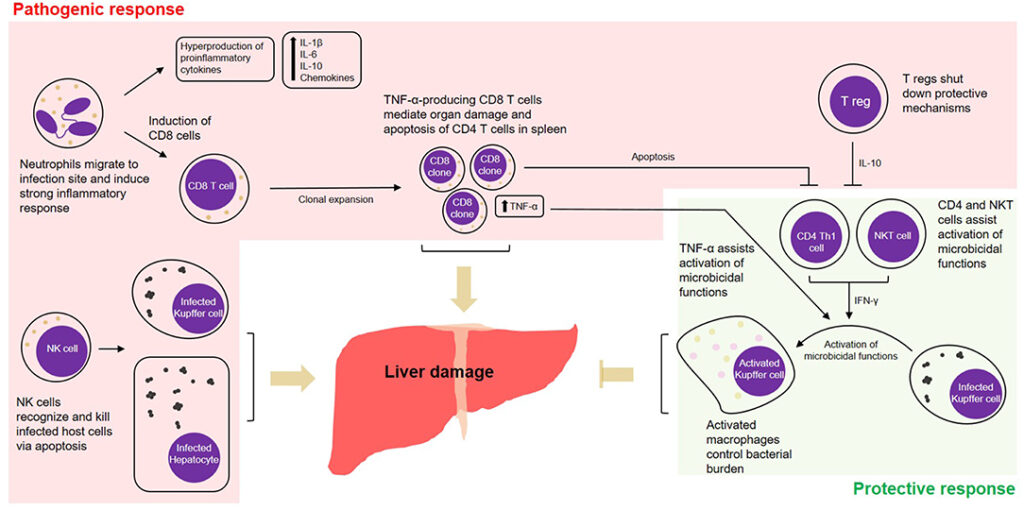Ehrlichiosis, often abbreviated as E. chaffeensis infection in medical contexts, is a bacterial illness transmitted through the bite of infected ticks. This tick-borne disease has gained attention due to its increasing prevalence and potential severity if left untreated. Understanding its causes, recognizing its symptoms, and knowing how to diagnose and treat it are crucial steps in managing this condition effectively.

What Causes Ehrlichiosis?
The primary cause of ehrlichiosis is bacteria from the genus Ehrlichia. These bacteria are carried and transmitted by ticks, which act as vectors for the disease. The most common species responsible for human infections include Ehrlichia chaffeensis and Ehrlichia ewingii. Below are the key factors contributing to the spread of this illness:
- Ticks as Carriers: The lone star tick is the primary carrier of Ehrlichia chaffeensis, while the black-legged tick is known to transmit Ehrlichia ewingii. These ticks thrive in wooded areas, grasslands, and regions with high humidity.
- Geographical Distribution: Ehrlichiosis is more commonly reported in the southeastern and south-central United States, but cases have been documented in other parts of the world as well.
- Seasonal Patterns: Tick activity tends to peak during warmer months, particularly from spring to early fall, making these periods higher risk for transmission.
Humans contract the disease when they are bitten by an infected tick. The bacteria enter the bloodstream and target white blood cells, leading to systemic symptoms that can range from mild to severe.
Symptoms of Ehrlichiosis
The symptoms of ehrlichiosis often resemble those of other viral or bacterial infections, which can make early diagnosis challenging. The incubation period typically ranges from one to two weeks after a tick bite. Common symptoms include:
- Fever: A high fever is one of the hallmark signs of ehrlichiosis and is often accompanied by chills.
- Headache: Persistent headaches are frequently reported by individuals with this illness.
- Muscle Pain: Muscle aches, particularly in the back and legs, are common complaints.
- Fatigue: Extreme tiredness and weakness are prevalent and may persist even after treatment begins.
- Rash: Some patients develop a rash, though this symptom is more common in children than adults. The rash usually appears as small, red spots on the skin.
- Gastrointestinal Issues: Nausea, vomiting, diarrhea, and loss of appetite may occur in some cases.
In severe cases, ehrlichiosis can lead to complications such as respiratory failure, organ damage, or even death if not treated promptly. Individuals with weakened immune systems, the elderly, and those with pre-existing health conditions are at higher risk of developing serious complications.
Diagnosing Ehrlichiosis
Diagnosing ehrlichiosis can be challenging because its symptoms overlap with those of other illnesses, such as Lyme disease and Rocky Mountain spotted fever. However, healthcare providers use a combination of clinical evaluation, patient history, and laboratory tests to confirm a diagnosis.
Clinical Evaluation
During a clinical evaluation, doctors will ask about recent outdoor activities, travel history, and any known tick bites. They will also assess the patient’s symptoms and perform a physical examination.
Laboratory Tests
Several laboratory tests are available to detect the presence of the bacteria causing ehrlichiosis:
- Blood Smear Examination: In some cases, the bacteria can be identified under a microscope by examining a stained blood sample.
- Polymerase Chain Reaction (PCR) Test: This test detects bacterial DNA in the blood and is highly sensitive during the early stages of infection.
- Serology Testing: Blood tests can measure antibodies produced by the immune system in response to the bacteria. However, these tests may not be positive until several weeks after the onset of symptoms.
- Complete Blood Count (CBC): A CBC may reveal low levels of white blood cells, platelets, and red blood cells, which are indicative of ehrlichiosis.
Early and accurate diagnosis is critical to prevent complications and ensure timely treatment.
Treatment Options for Ehrlichiosis
Once diagnosed, ehrlichiosis is typically treated with antibiotics. Prompt treatment is essential to reduce the risk of severe complications. Below are the main treatment approaches:
Antibiotic Therapy
The first-line treatment for ehrlichiosis is doxycycline, an antibiotic that effectively targets the bacteria. Key points about this treatment include:
- Dosage and Duration: Adults and children over eight years old are usually prescribed doxycycline for seven to ten days. It is important to complete the full course of antibiotics, even if symptoms improve earlier.
- Pregnancy and Young Children: For pregnant women and children under eight, alternative antibiotics like rifampin may be considered, although doxycycline is still preferred in severe cases.
Supportive Care
In addition to antibiotics, supportive care measures may be necessary to manage symptoms and complications:
- Hydration: Staying hydrated is crucial, especially if the patient experiences nausea, vomiting, or diarrhea.
- Pain Relief: Over-the-counter pain relievers can help alleviate headaches and muscle pain.
- Hospitalization: Severe cases may require hospitalization for intravenous antibiotics, fluid replacement, and monitoring of vital signs.
Monitoring and Follow-Up
After starting treatment, patients should be monitored closely for improvement. If symptoms worsen or fail to resolve, further testing may be needed to rule out co-infections or complications. Follow-up appointments are important to ensure complete recovery.
Prevention Strategies
While there is no vaccine for ehrlichiosis, several preventive measures can significantly reduce the risk of infection:
- Avoid Tick-Infested Areas: Stay away from wooded or grassy areas where ticks are prevalent, especially during peak seasons.
- Use Protective Clothing: Wear long sleeves, pants, and closed-toe shoes when spending time outdoors. Tucking pants into socks can provide additional protection.
- Apply Insect Repellents: Use repellents containing DEET, picaridin, or permethrin to deter ticks.
- Perform Tick Checks: After being outdoors, thoroughly inspect your body, clothing, and pets for ticks. Pay special attention to hidden areas like the scalp, armpits, and groin.
- Remove Ticks Promptly: If a tick is found, remove it carefully using fine-tipped tweezers. Grasp the tick close to the skin and pull upward with steady pressure. Avoid crushing the tick’s body.
By adopting these preventive strategies, individuals can minimize their risk of contracting ehrlichiosis and other tick-borne diseases.
Co-Infections and Differential Diagnoses
It is important to note that ticks can carry multiple pathogens simultaneously, leading to co-infections. For example, a single tick bite may transmit both ehrlichiosis and Lyme disease. This underscores the importance of comprehensive testing and careful evaluation by healthcare providers.
Additionally, ehrlichiosis shares symptoms with other conditions, such as influenza, mononucleosis, and other tick-borne illnesses. Misdiagnosis can delay appropriate treatment, highlighting the need for awareness and vigilance among both patients and medical professionals.





